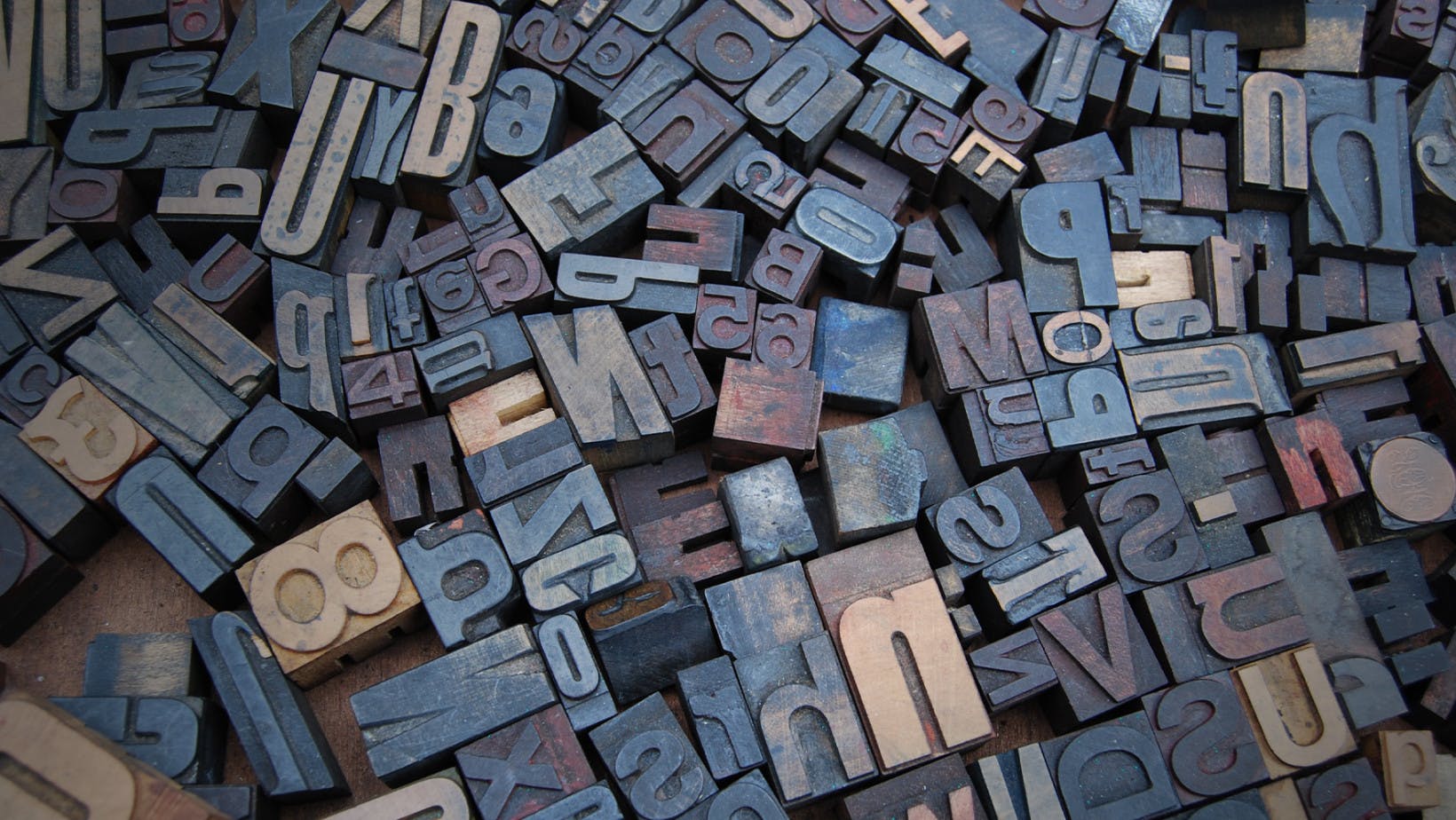
College Success
What Is Statistics?
Learn what statistics is and why it is important to society. We’ll list the types of statistics and data as well as the importance of the sampling methods.
Sarah Thomas
Subject Matter Expert

Statistics
02.02.2023 • 5 min read
Subject Matter Expert
Learn what statistical analysis is and why it’s important. We’ll list the most used types and examples and go over how to do statistical analysis.
In This Article
Statistical analysis is the process of learning from data. Data can be any information collected through observation. Some examples include responses to a survey, measurements taken out in the field or in a laboratory, or information collected from historical records.
Two main types of statistical analysis exist: descriptive statistics and inferential statistics.
| Descriptive Statistics | Inferential Statistics |
| In descriptive statistics, you collect, summarize, and visualize data. | In inferential statistics, you collect and analyze sample data to uncover insights about a population. |
You may not be aware of it, but statistics is everywhere! We use it in many fields and industries, including:
Medicine
Business
Data science
Politics
Psychology
Engineering
Physics
Whether you know it or not, you’re encountering statistics daily
Here are some everyday life examples:
Running a search on Google
Looking for a movie on Netflix
Hearing about a poll in the news
Looking up the weather
Reading predictions about which football team will win
By learning some basic statistics, you can elevate your career and personal life. Deciphering information will be easier. You’ll learn to pick apart stated facts presented in the news or in advertisements. You can even determine whether arguments made by your colleagues, family, and friends are convincing or whether they lack statistical rigor.
Statistical analysis is valuable because it provides you with empirical evidence to better understand complex problems or situations involving uncertainty.
Here are 8 examples of how we use statistical analysis:
Companies use statistical analysis to predict trends and build forecasts for the future. They also use statistics to study costs, revenue, and profits, analyze customer behavior, and test new products and features.
Pharmaceutical companies and doctors run controlled experiments to evaluate the effectiveness and safety of new drugs and treatments. Hospitals and insurance companies use statistical analysis to learn about their patients and to price medical services.
An effective advertising campaign is the result of statistical studies identifying likely buyers and their interests.
In politics, elected officials use statistics to better understand the needs and priorities of their constituents. Politicians and their aids also use statistics to build compelling campaigns to help get themselves elected.
Economists use statistical analysis to study correlations and causal relationships between economic variables. For example, let’s look at an economist interested in labor laws. He might use statistical analysis to investigate the relationship between a higher minimum wage and employment rates for minimum wage workers.
Data scientists combine statistics with tools from other disciplines to study digital data. Many models in data science—such as machine learning algorithms—rely heavily on statistical tools and techniques.
Coaches, players, and sports analysts use statistics to study the performance of athletes and teams. They use statistical analysis to predict which players and teams will win, lose, outperform, or underperform in the future.
Statistical analysis is even used in the music and entertainment industries. With billions of people streaming content and listening to music online daily, the entertainment industry has endless amounts of data to work with. They use this data to discover new artists, study existing artists' popularity, and identify new and fading trends.
In an introductory statistics course, you’ll learn these basic descriptive and inferential statistics methods. You’ll also learn to work with at least one statistical program to help you perform statistical analysis.
You’ll learn about different data types, such as categorical and numerical data.
You’ll learn to make charts and graphs to summarize and display your data.
You’ll learn about different probability distributions, including the normal distribution.
You’ll learn how to calculate measures of center-like mean, median, and mode.
You’ll also learn how to calculate measures of spread like variance, standard deviation, and range.
Point estimators are numbers used to estimate a population parameter.
Confidence intervals are Intervals used to estimate a population parameter.
These are methods and best practices used for running an experiment and collecting statistical data from a representative sample with a large enough sample size.
Hypothesis testing involves testing an in-going null hypothesis against an alternative hypothesis. It uses sample data, test statistics, and probability theory to determine whether the null hypothesis is likely true.
Linear regression is a method used to quantify the relationship between two or more variables in your data.
Casual inference refers to statistical techniques used to determine if a causal relationship exists between two or more variables in your data.
One-way analysis of variance (ANOVA) is a statistical test used to determine whether two or more sample means are statistically different.
These are analysis tools explicitly designed for analyzing categorical data.
Experiments designed to isolate and find causal relationships
Statistical analysis software are computer programs that collect, process and analyze data to identify patterns and trends.
Researchers and data scientists use these tools to make informed decisions and uncover insights from complex data sets.
Some examples are:
Excel or Google Sheets
R
STATA
SPSS
SAS
Any statistical process has these four main steps.
Statistical analysis begins with a question. What is it you want to learn? Once you have a question you want to answer, it also helps to formulate a hypothesis about what the answer to your question might be.
After you’ve identified your question, the next step is data collection or searching for existing data to help you answer the question. For example, let’s say you're a business manager. You want to know more about your customers. A good option is to collect data from a survey, run an experiment, or look over your past sales data.
It’s worth noting sometimes Step 1 and Step 2 of the statistical process happen in reverse. Finding an exciting data set can sometimes motivate you to come up with a great question.
With your data and question in hand, the next step is identifying and using relevant statistical methods. You might use methods in descriptive statistics to summarize and visualize your data. If you want to take your analysis a step further, you can use methods like hypothesis testing and regression to find evidence for or against your in-going hypothesis.
The final step in the statistical process is to reflect on what you’ve learned. Did your statistical analysis provide evidence to support your in-going hypothesis, or did it provide evidence against it? How convincing were your results? Were they statistically significant?
Outlier instructor of Intro to Statistics, Ashley Carroll, gives an overview of the statistical process:
Now you have a better grasp of statistical analysis. You can gain even more practical skills on your own time with Outlier’s Intro to Statistics course. Transfer the credits toward a degree or use your new abilities in your everyday life. Or even better. Both.
Outlier (from the co-founder of MasterClass) has brought together some of the world's best instructors, game designers, and filmmakers to create the future of online college.
Check out these related courses:

College Success
Learn what statistics is and why it is important to society. We’ll list the types of statistics and data as well as the importance of the sampling methods.
Subject Matter Expert

Statistics
Learn what parameters and statistics are, how to identify them easily, and how the notation symbols differ.
Subject Matter Expert

Statistics
This article explains what subsets are in statistics and why they are important. You’ll learn about different types of subsets with formulas and examples for each.
Subject Matter Expert